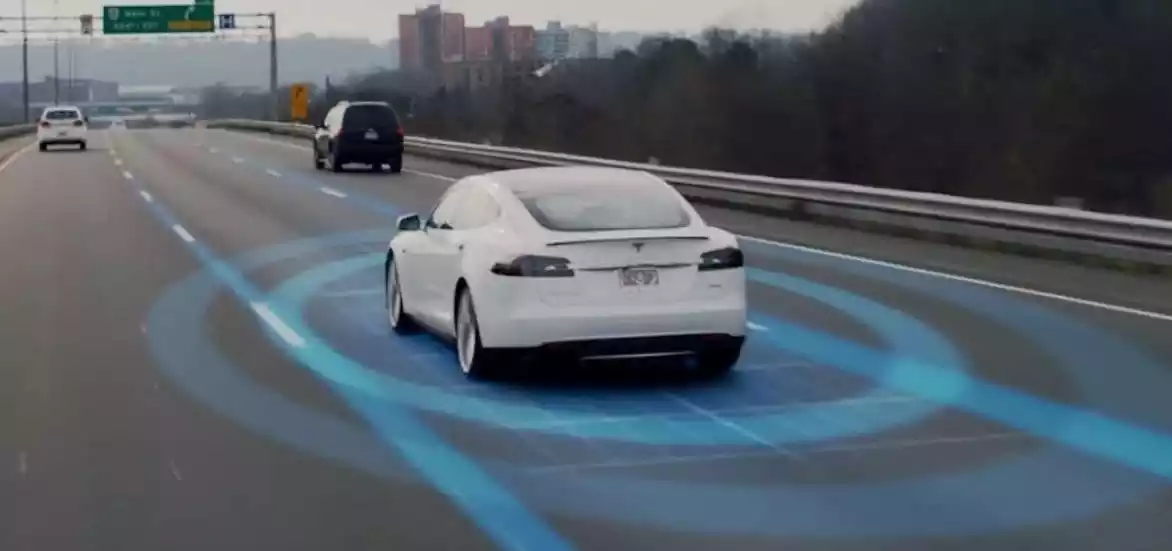
Love or hate Elon Musk, there’s no denying that Tesla’s vehicles are technically impressive. Their electric powertrains offer more range and power than almost anything else on sale today, but there are some real and reasonable concerns about the semi-autonomous driving features. The automaker doesn’t seem impressed by the investigations and lawsuits and announced Tuesday that it would remove a group of sensors from its cars in the future so they could navigate the world around them only with cameras.
Tesla’s first sensor suite included several cameras, radar, and 12 ultrasonic sensors (USS). However, the automaker will remove USS from the Model 3 and Model Y this year before doing the same with the Model S and Model X in 2023. The move could save Tesla money, and it will certainly ease some of the pressure on its tense delivery. microchips. Still, it won’t bode well for people who already think the automaker is overestimating the capabilities of its Autopilot and Full Self-Driving technology.
Since this is Tesla, there are some downsides to the transition. Vehicles with USS have full access to features such as Summon/Smart Summon, Autopark, and Park Assist. Tesla models that lack those sensors in the future will have limited access to those features until the automaker releases software updates to enable and improve their functionality. The automaker noted that the temporary limits on some features would not change the vehicles’ crash test scores.
It’s easy to jump back on the Tesla hate train and mock the automaker for stripping features from expensive luxury EVs (and perhaps for other good reasons), but there’s more to it here. Tesla believes in its camera-based technologies and says people designed our roads for people. Tesla’s view is that people navigate streets using vision and a brain, so a car should be able to do the same with onboard cameras and computers.
